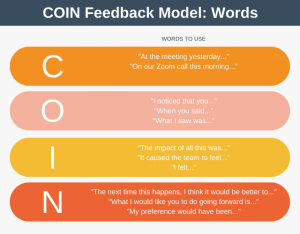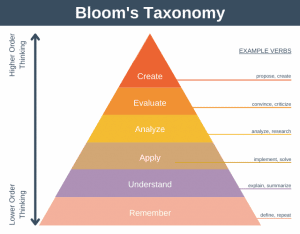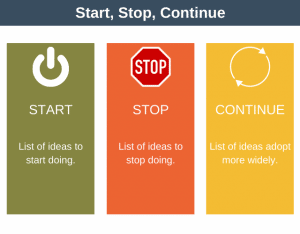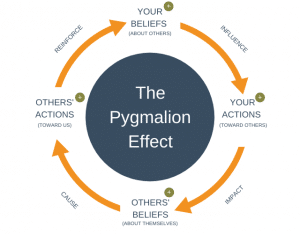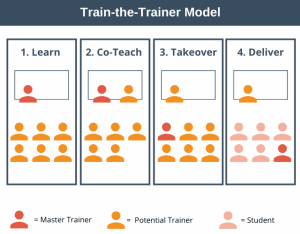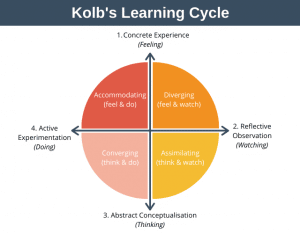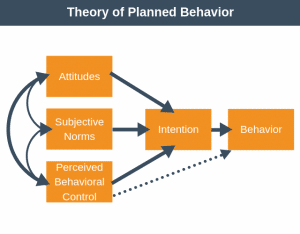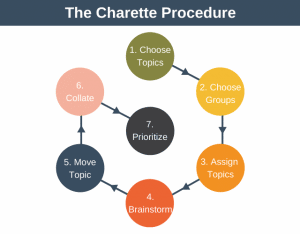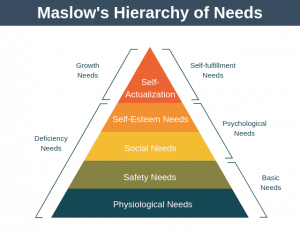The Expectancy Theory of Motivation attempts to explain why people behave the way they do.
Do you show up at the office early, work hard, and stay late. Why do you behave this way? Maybe it’s because in return you expect and want to be promoted quickly, and given pay rises?
Expectancy Theory basically states that a person behaves the way they do because they are motivated to select that behavior ahead of others because of what they expect the result of that behavior to be.
As managers, Expectancy Theory can help us to understand how individual team members make decisions about behavioral alternatives in the workplace. We can then use this information as an input for creating motivated employees.
What is Expectancy Theory?
Expectancy Theory of Motivation was developed by Victor H. Vroom in 1964 and extended by Porter and Lawler in 1968.
The theory is based on the assumption that our behavior is based on making a conscious choice from a set of possible alternative behaviors. According to Expectancy Theory, the behavior we choose will always be the one that maximizes our pleasure and minimizes our pain.
As a manager, this means that one of your team members will only choose the right behavior (to work hard) if they perceive the outcome of choosing this option is the most desirable for them. In simple terms, that could mean that they might gain someone or that they might not lose something.
Within the theory there are three variables at play:
- Expectancy. Effort -> Performance (E -> P)
- Instrumentality. Performance -> Outcome (P -> O)
- Valence. Outcome -> Reward (V(R))
All three factors must be present to motivate employees effectively.
Note
The terminology and symbols used are a little clunky and can be difficult to make sense of at first.
Don’t despair. The examples at the bottom of this article should make things clear.
Let’s examine each variable in turn from the point of view of an employee or team member.
1. Expectancy
Expectancy is the belief that if you work hard (effort) you will be able to hit the targets (performance) that have been set for you by your manager.
You make this judgment based on a number of factors, including:
- Your past experience.
- Your confidence in your ability.
- How difficult you perceive the target is to achieve, and whether or not the target is under your control.
An example of expectancy is thinking, “If I work hard I can achieve the targets my boss has set for me”.
2. Instrumentality
In this variable, you’re assessing how likely you are to receive a reward if you hit the targets that have been set for you.
Again, you make this judgment based on a number of factors, including:
- Is the relationship clear between performance and reward (outcome).
- How much you trust the person who decides on the reward.
- How transparent is the decision-making process around who gets what reward?
An example of instrumentality is thinking, “If I achieve all of the targets set for me then I believe I will get promoted”.
3. Valence
So far we have a goal to hit and we understand the reward we’ll get if we hit it. The final piece of the motivation puzzle is valence. Valence is simply the perceived value of the reward to you.
This could be negative if you actively want to avoid the reward, zero if you are unmotivated by the reward, or one if you’re motivated by the reward.
When it comes to valency, an employee will have to weigh up the pros and cons, for example, “Do I want to be promoted? Will the extra work result in even less time with my family? Is it really worth putting in a serious effort for a whole year to receive a promotion and a 10% pay rise?”
Expectancy Theory Formula
Combining the three variables above gives us the following formula.

MF simply means Motivation Force, which you can think of as being someone’s motivation to do something.
This formula is simply stating what we’ve already covered. That is, to be motivated you must think your targets are achievable, you must clearly understand any reward you might receive, and you must actually value the reward.
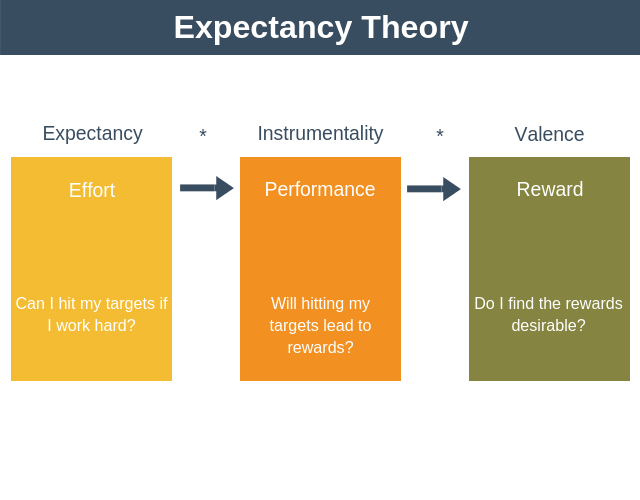
How to Use the Model
As a manager, you can use the model to help motivate your team.
Expectancy Theory can help us to understand how individual team members make decisions about behavioral alternatives in the workplace.
The biggest takeaways from Vroom’s Expectancy Theory of Motivation is that:
- Rewards must be linked directly to performance.
- How a person’s reward is chosen should be transparent.
- Rewards should be deserved.
- Rewards should be wanted.
In the examples below, we’ll examine the application of Expectancy Theory in organizations.
Expectancy Theory Example: New Manager
Scenario:
You’re the new manager of a small team with a history of underachievement. You’re looking to get to the root cause of this underperformance and start the team off in the right direction under your management.
Action:
After speaking with individual members of your team, and the team as a whole, you realize that your team is suffering from very low morale.
Primarily this is because they feel their targets are unrealistic, but also because they feel that if they do work really hard to achieve something it is the company that benefits, and not them. The team also has low trust in management.
This is a tricky situation to address, and one that can’t be remedied overnight. You decide that some quick wins might be a way to begin to turn things around and start to build your teams trust in you.
To this end, you set targets to be hit each week. If the target is hit then there is an immediate reward for the team – they are each given some extra spending money for the weekend. If the target isn’t hit they don’t get the reward.
Using short-term rewards related to your teams performance you:
- Keep the team focused on their performance.
- Build your team’s trust in you by sticking to your word.
Expectancy Theory Example: Boosting Team Performance
Scenario:
You’ve been in your position as manager of a small team for some time. The team does good work and performs well, but you want to boost their performance further.
Action:
In this scenario, one approach would be to improve the rewards on offer by tailoring them to each individual’s needs.
For example, a person with a long commute may appreciate the opportunity of a day working from home if they hit their targets.
Another person who is highly ambitious may appreciate the opportunity to lead a small project next quarter if they hit their targets this quarter.
Thus, each person will see high-productivity as a means of hitting their personal goals and will be far more likely to invest more effort and determination into their job.
As you can see, we can create a highly motivated and high-performing team by tailoring rewards to the needs of the individual members of our team.
Advantages
- The model is simple to understand.
- It gives us a simple mechanism to improve performance – by changing rewards.
Disadvantages
- The model can be overly simplistic. It does not explain why sometimes as humans we act against our best interests.
- External factors are ignored. For example, someone with problems in their personal life might underperform no matter what the reward.
- The model can be difficult to set up in larger organizations where the reward is not directly correlated to an individual performance but rather to overall company performance.
Summary
Expectancy Theory of Motivation is a theory of motivation in the workplace. It states that an individual within your team will be motivated when they believe they can hit their targets, they know they will be rewarded for hitting those targets, and they value the reward.
By motivating all team members in this way you can create highly motivated individuals and thus high-performing teams.
Examples of how to improve behavior and/or performance include setting stretch targets with rewards attached, rewarding desirable behaviors, and linking the reward closely to each individual’s wants.
